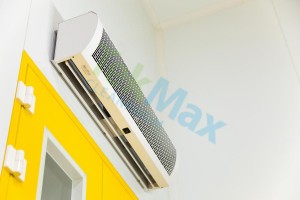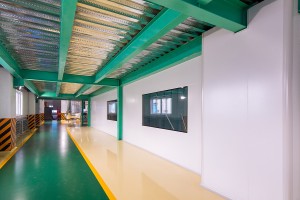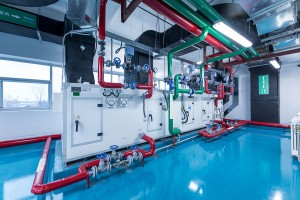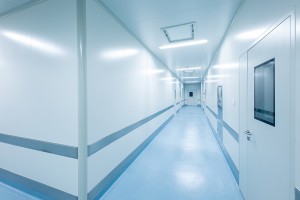Air filter
1. The laboratories mainly used for microbiology, biomedicine, biochemistry, animal experiments, genetic recombination, and biological products are collectively referred to as clean laboratories-biosafety laboratories.
2. The biosafety laboratory is composed of the main functional laboratory, other laboratories and auxiliary functional rooms.
3. The biosafety laboratory must guarantee personal safety, environmental safety, waste safety and sample safety, and be able to operate safely for a long time, while also providing a comfortable and good working environment for the laboratory staff.
Clean room air filters are divided according to filter performance (efficiency, resistance, dust holding capacity), usually divided into coarse-efficiency air filters, medium-efficiency air filters, high- and medium-efficiency air filters, and sub-high-efficiency air filters , High efficiency air filter (HEPA) and ultra high efficiency air filter (ULPA) six types of filters.
The filtering mechanism mainly includes interception (screening), inertial collision, Brownian diffusion and static electricity.
① Interception: screening. Particles larger than the mesh are intercepted and filtered out, and particles smaller than the mesh leak through. Generally, it has an effect on large particles, and the efficiency is very low, which is the filtration mechanism of coarse-efficiency filters.
② Inertial collision: particles, especially larger particles, flow with the airflow and move randomly. Due to the inertia of the particles or a certain field force, they deviate from the direction of the airflow, and do not move with the airflow, but collide with obstacles, stick to them, and be filtered out. The larger the particle, the greater the inertia and the higher the efficiency. Generally it is the filtration mechanism of coarse and medium efficiency filters.
③ Brownian Diffusion: The tiny particles in the airflow make irregular Brownian motion, collide with obstacles, are stuck by hooks, and are filtered out. The smaller the particle, the stronger the Brownian motion, the more chances of collision with obstacles, and the higher the efficiency. This is also called the diffusion mechanism. This is the filtering mechanism of sub-, high-efficiency and ultra-high efficiency filters. And the closer the fiber diameter is to the particle diameter, the better the effect.








